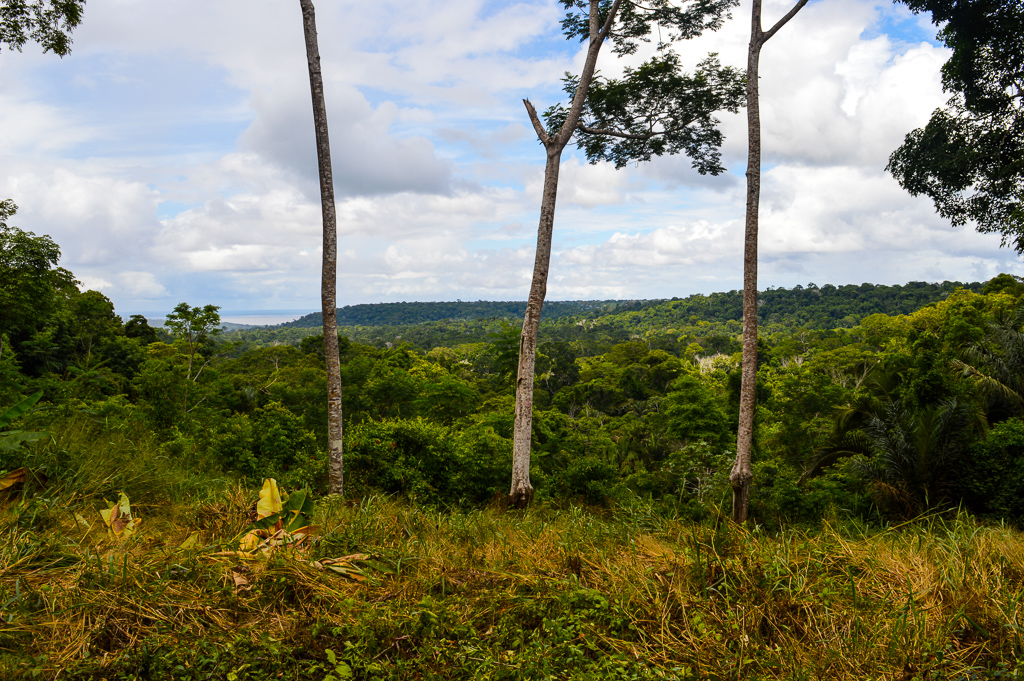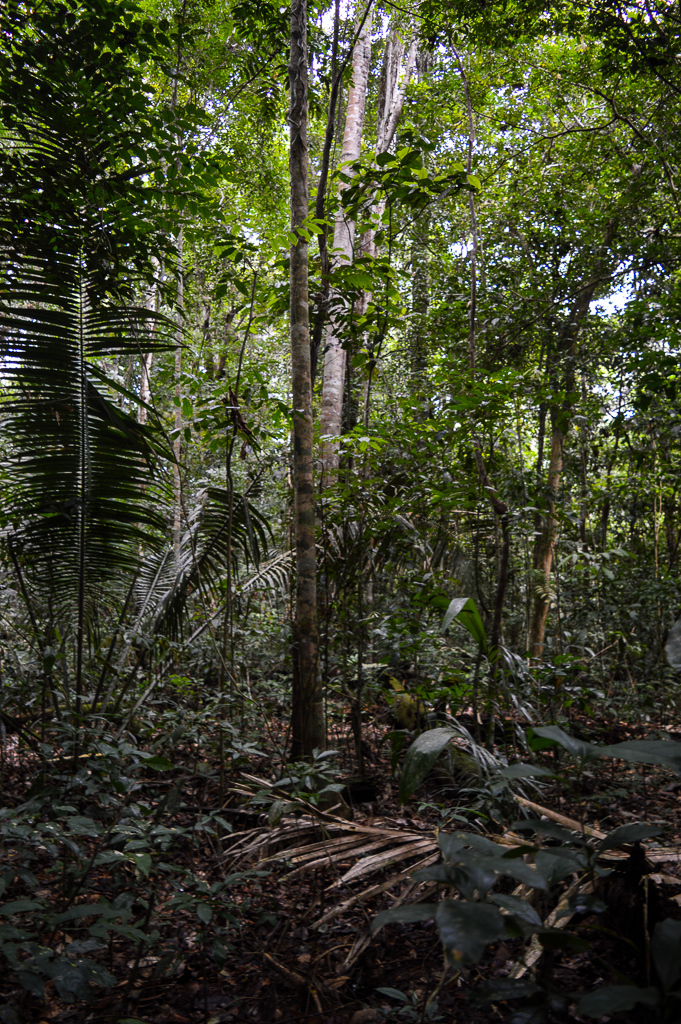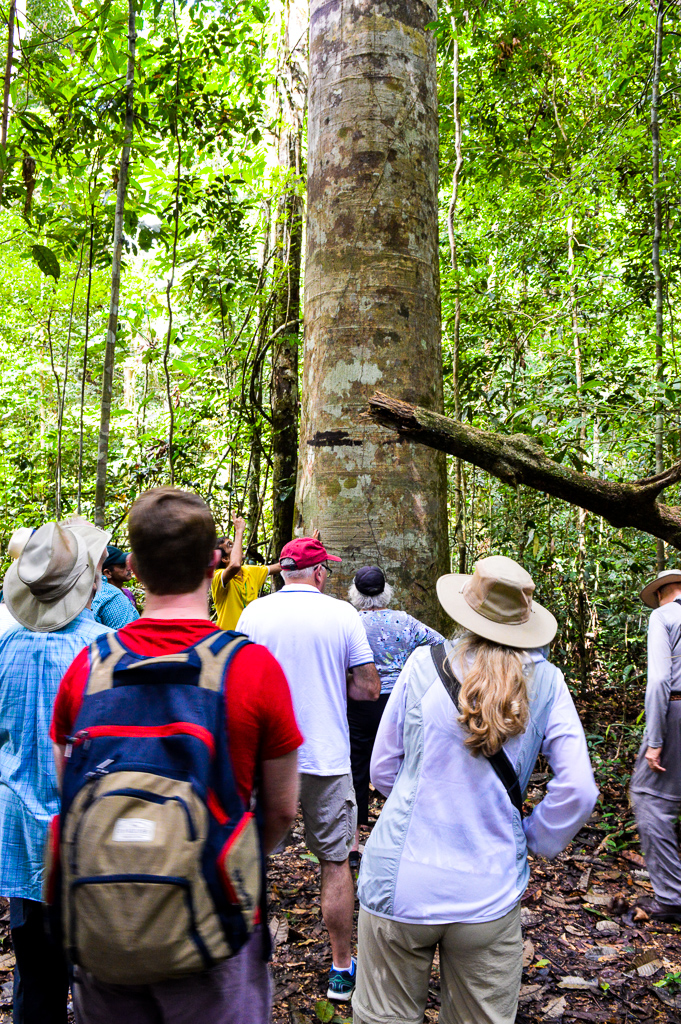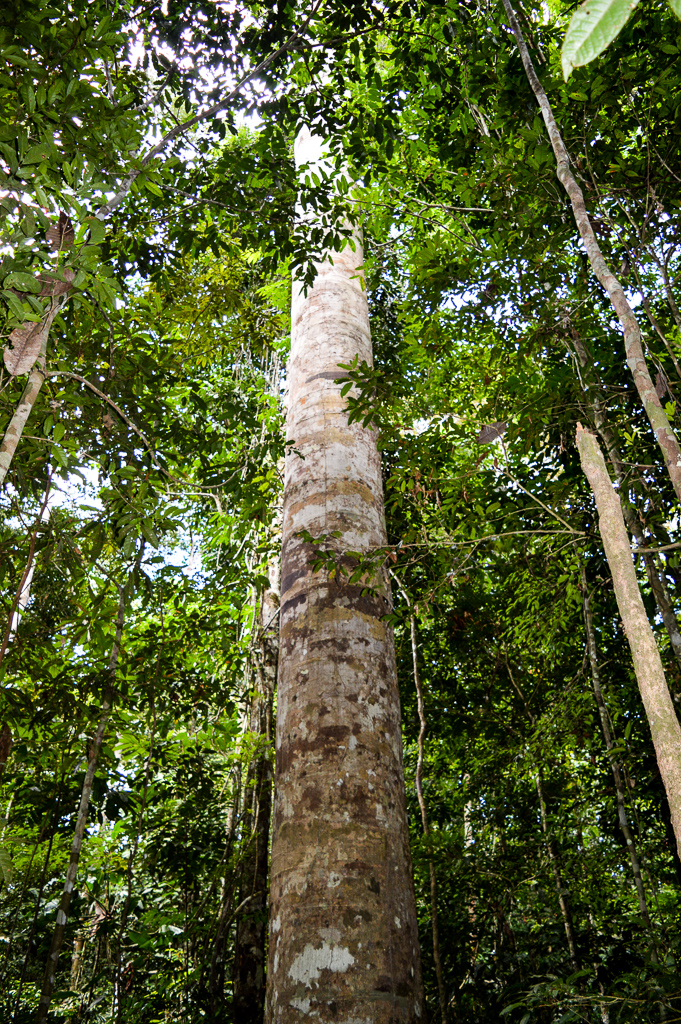Our first day in Brazil on board the Viking Sea was spent docked in Santarem, founded in the Lower Amazon basin in 1661. It lies at the confluence of two rivers the Tapajós and the Amazon.
Because of the town’s poor road conditions, the locals rely on the waterways for transport and the river hosts 62 miles of beaches, earning its nickname as ’the Caribbean in Brazil.’

Santarem’s religious centre is the powder-blue Cathedral of Our Lady of Conception, but for Tom, Luke and I, it wasn’t the man-made architecture that we were looking forward too.
The Tapajós River also gives its name to the Tapajós National Forest, an area of the Amazon Rainforest under protection from deforestation, logging and development to an extent. From disembarking the Viking Sea it took about an hour to drive through Santarem to the forest’s entrance.
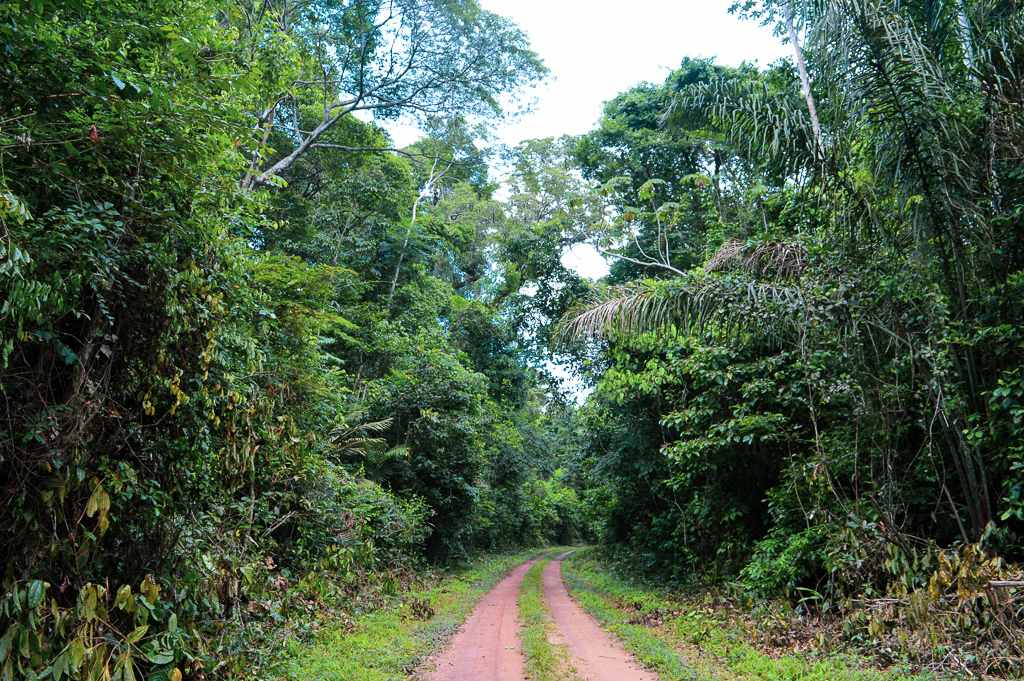
Created in 1974, the national park covers more than 1.3 million acres of rainforest, lakes, rivers and freshwater beaches. A number of the park’s partners are also experimenting with sustainable logging and use of its natural resources, such as hardwoods and latex.
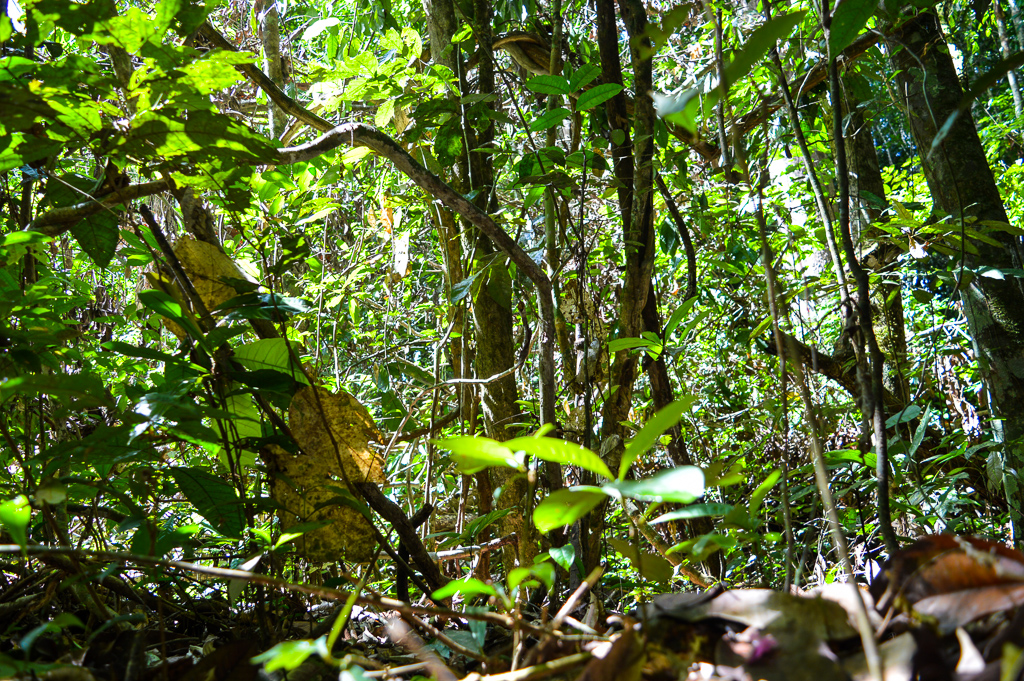
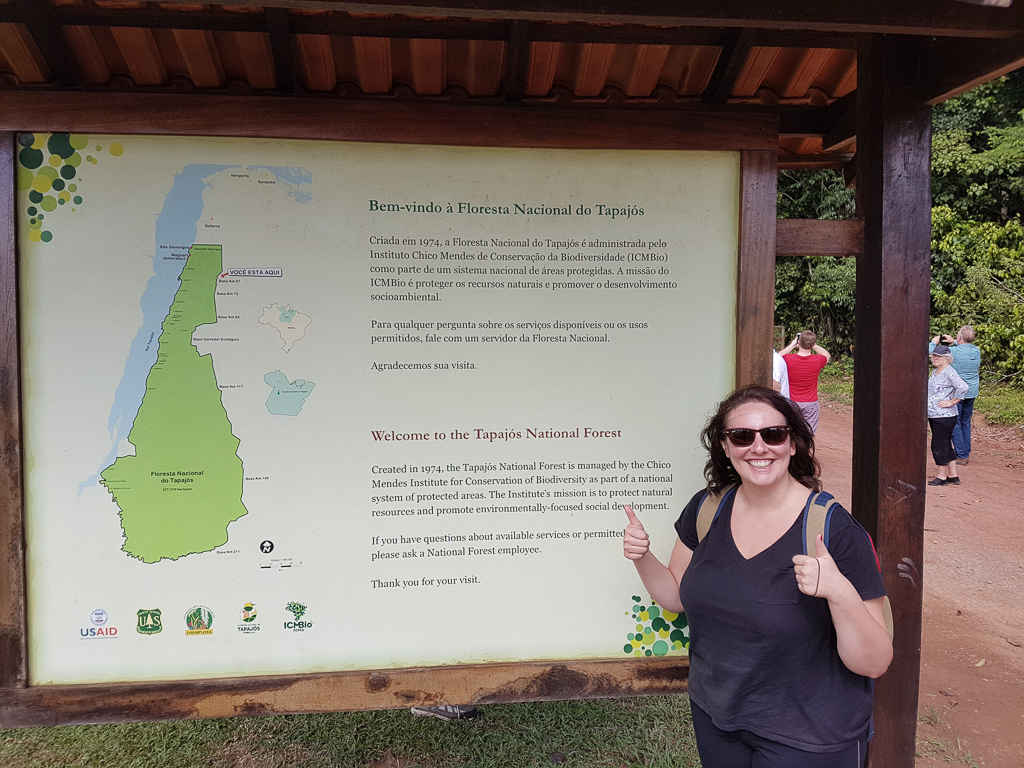
Karim, our very well connected guide, (he’d just spent several weeks with a Guardian journalist investigating the land ownership chaos in the area) and a forest guide, machete in hand, led our group on a pre-determined trail (number 93). Even following this fairly well-trodden path, the forest canopy is thick, luscious and dense, blocking the sun from the floor – it’s everything you imagine the Amazon rainforest to be.
Our guide stopped to show us a bullet ant nest – we were told that in one indigenous tribe for a boy to mark his journey into manhood, he’d don a glove filled with bullet ants, named because their bite feels like taking a bullet. On the Schmidt pain index, bullet ants register as the most painful (a level four plus!) and Schmidt himself described them as: “pure, intense, brilliant pain…like walking over flaming charcoal with a three-inch nail embedded in your heel.”
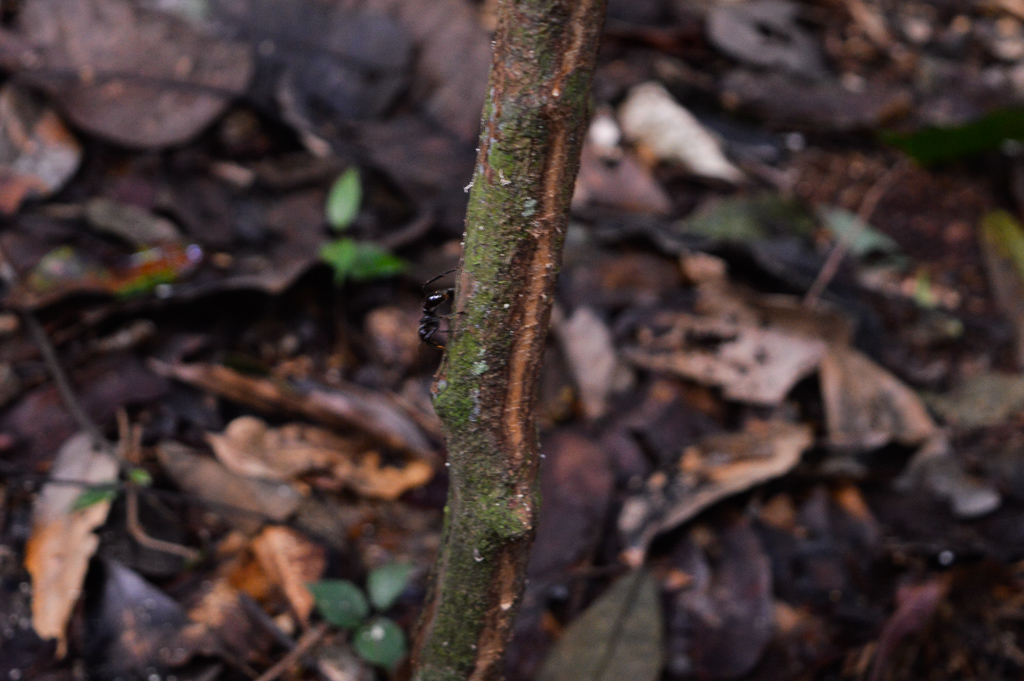
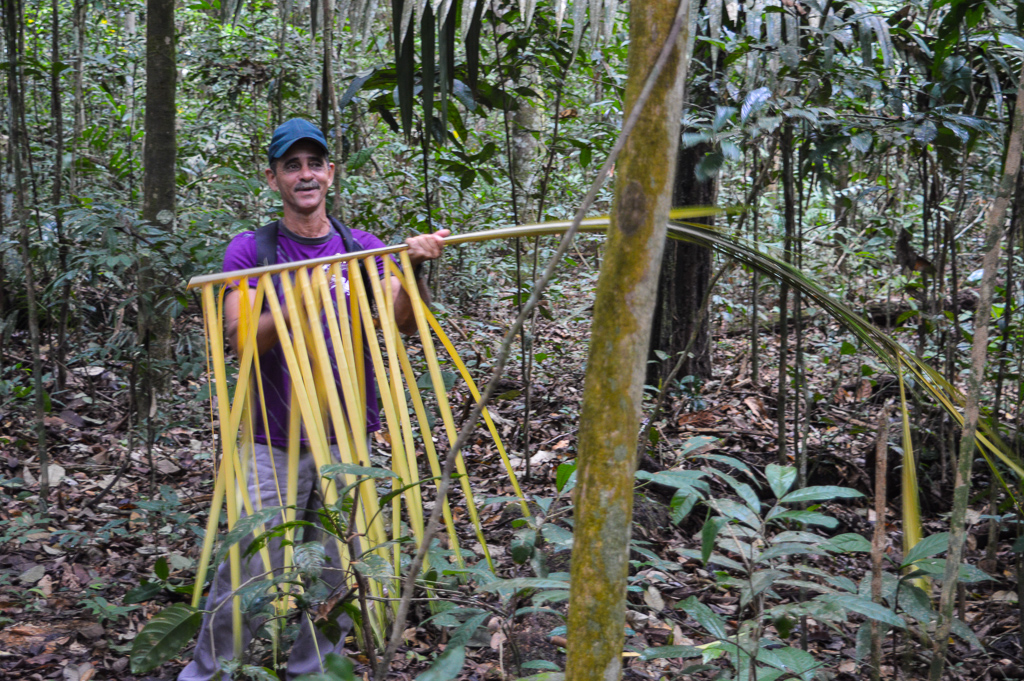
We also saw native rubber plants and our forest guide showed how the latex is collected. Diagonal grooves are carved into the tree trunk early in the morning, with a bowl left to collect the residue as it trickles down the tree. The collector returns some hours later to collect the filled pots and so the knowledge was passed from the native tribes to Europeans and so the birth of the golden age of rubber, of which Manaus later down the line is a product of.
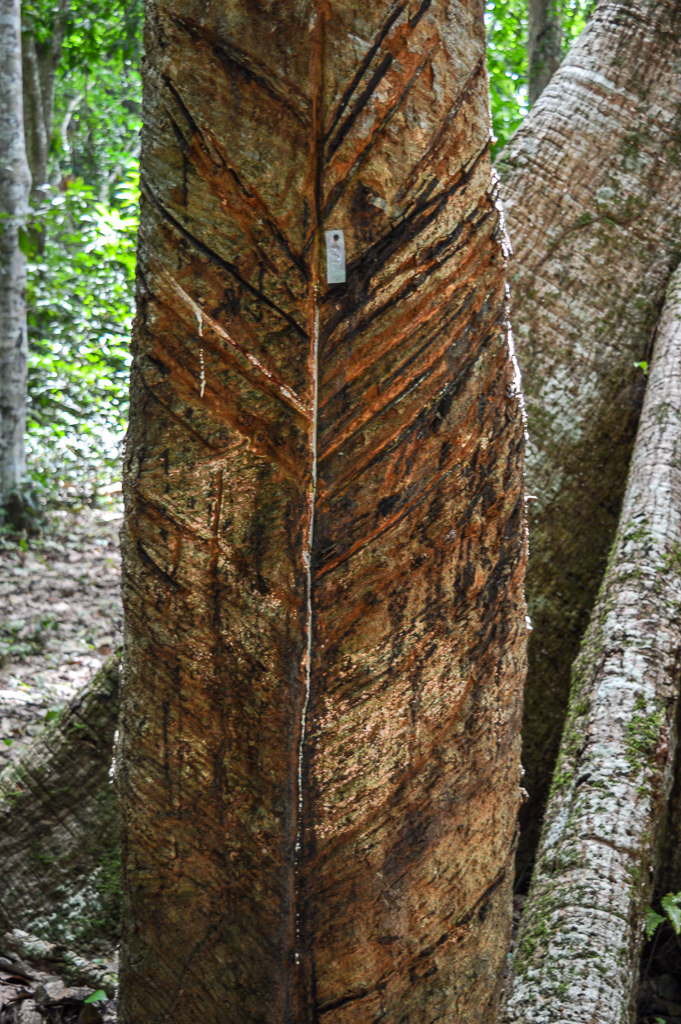
Collecting rubber 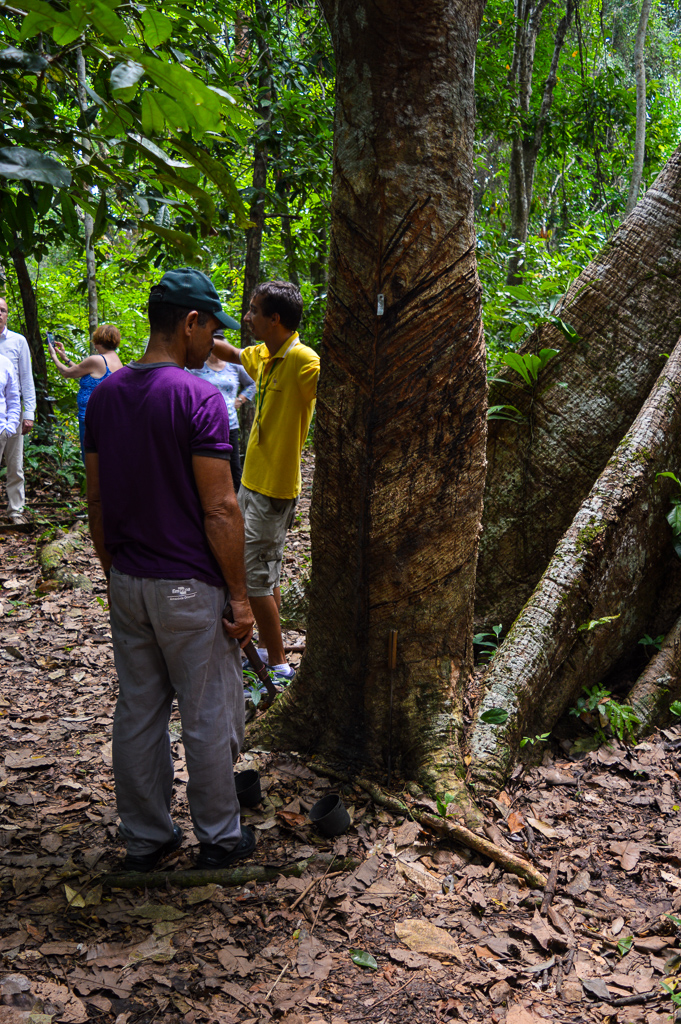
The brazil nut tree is also a huge species, whose seeds drop from a great height and can cause serious damage if they happen to bounce off your skull! Lastly, we saw the Samauma tree, one of the oldest and largest trees on Earth, able to reach 240 feet in height and grow to a diameter of 19 feet.
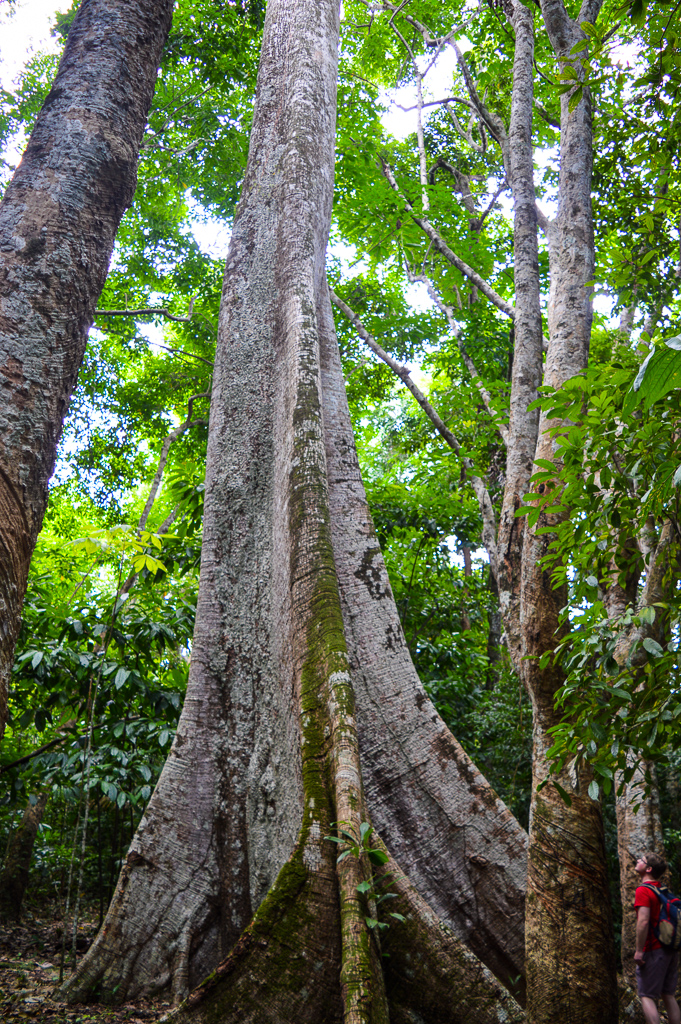
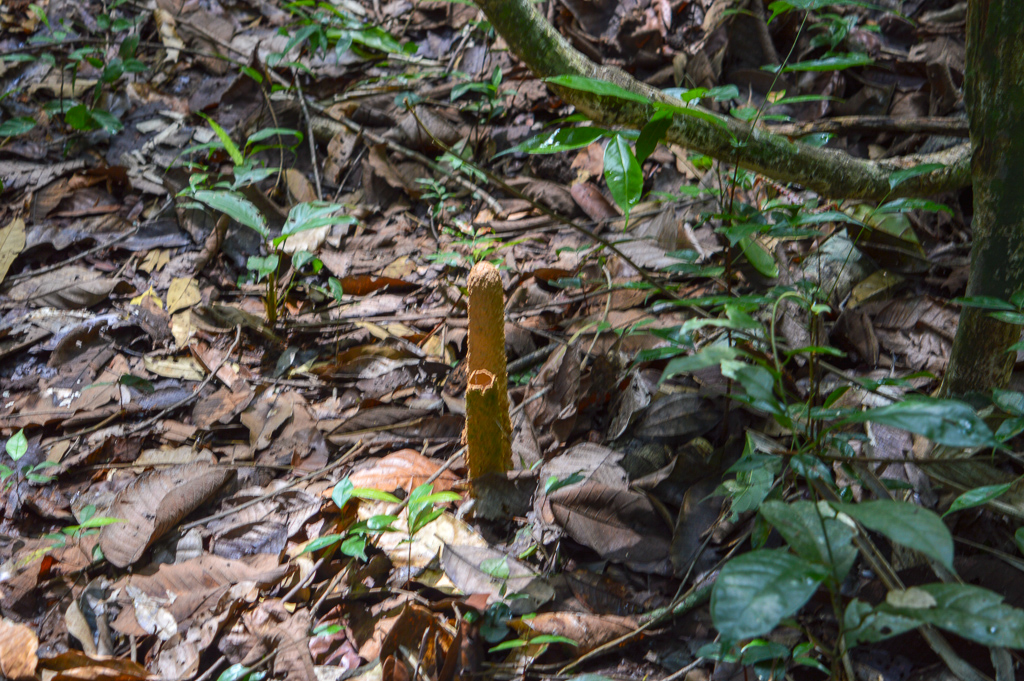
In all, I reckon our walk lasted just short of two hours, the three of us would happily have kept going for several hours. We did, however, use our afternoon to good effect – with a foot massage onboard in the Live Nordic Spa!
